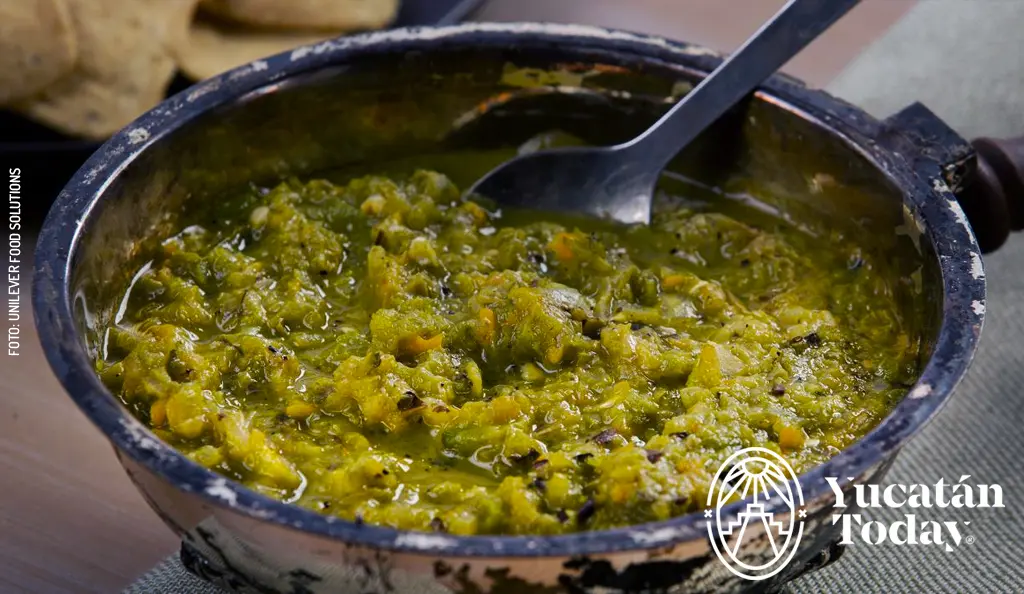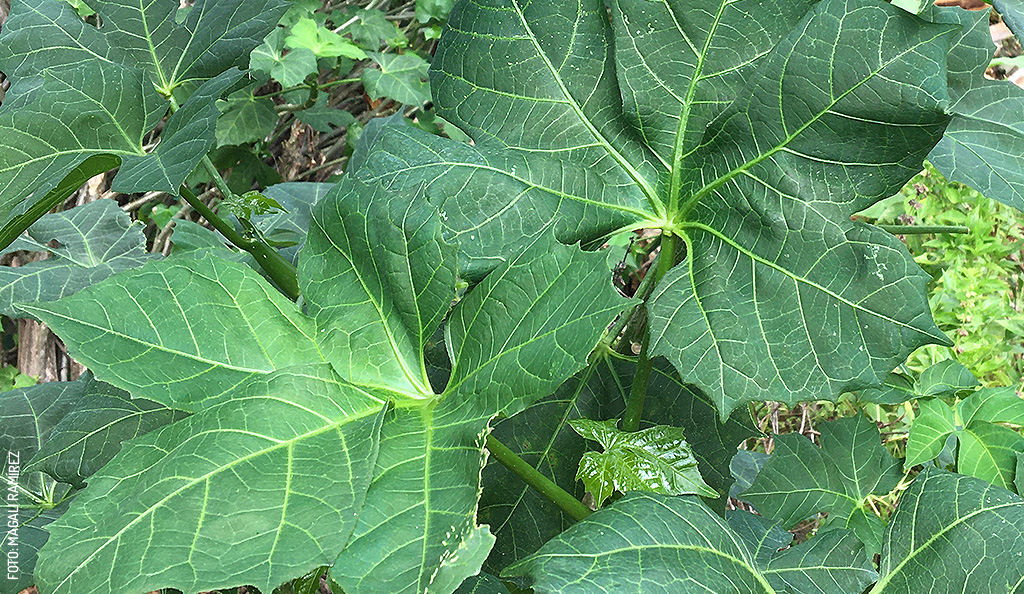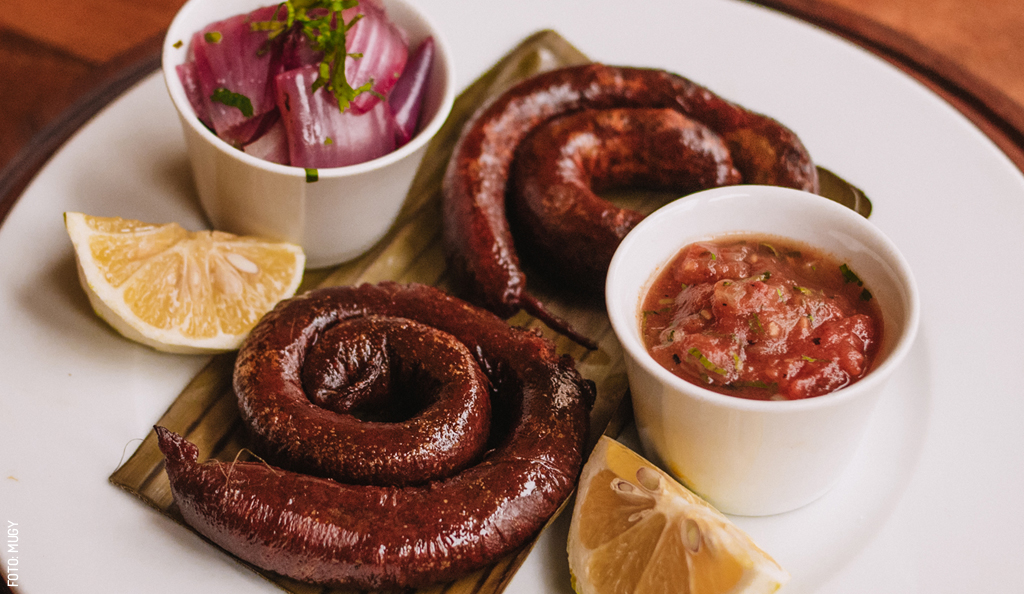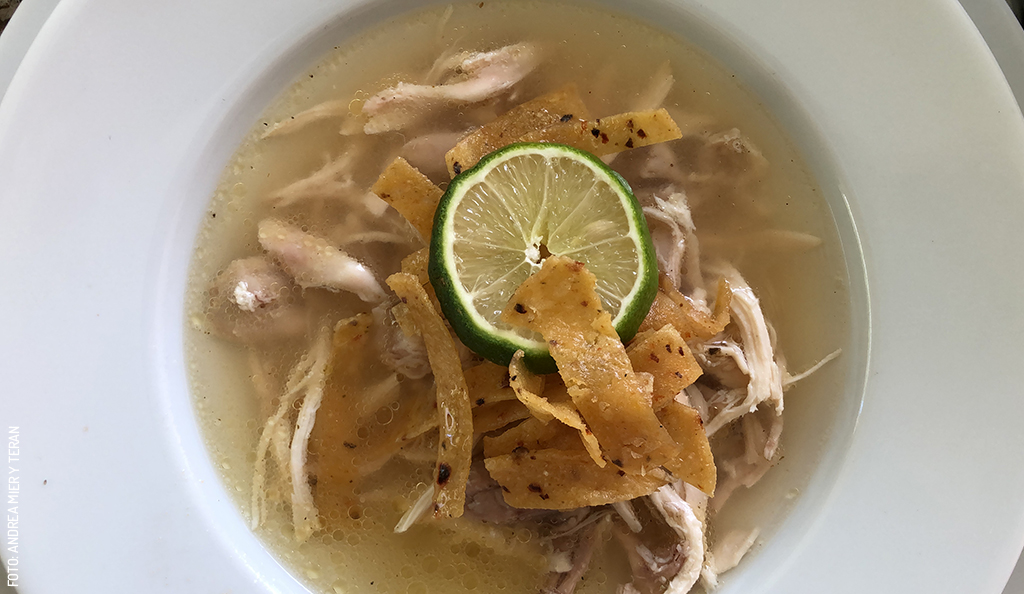
Habanero Pepper Fiery Delight for the Palate
Yucatán is known worldwide not only for its archaeological sites, but also for its exquisite culinary tradition in which the habanero chili cannot be missing as a complement to Yucatecan dishes. A popular way to prepare it is with tomato, onion, cilantro and sour orange or lemon juice in “Xni pec” sauce, a Mayan word that means “wet dog nose” suggesting that the sauce is so spicy that it causes nasal discharge. And for the very brave, consume it fresh directly, chewing it between bites of food. Do you dare to try it like this? Carefully!
It is also prepared roasted, marinated or chopped into pieces with salt and lemon, ready to be added to different dishes such as cochinita pibil, baked suckling pig, papadzules, stew, beans with pork, black filling, stuffed cheese, the Valladolid escabeche and the tacos, among other stews. Its consumption is deeply rooted among the inhabitants of the peninsula and has given national and international fame to Yucatecan gastronomy.
The Yucatan habanero chili, of Capsicum chinense origin, is one of the varieties with the greatest intensity of spicy flavor. It is known that it was introduced to the Peninsula through the Caribbean Sea by indigenous migrants from South America.
The plants are not planted directly in the ground, but in prepared sites with favorable soil, light and water conditions, later they are transplanted to the final cultivation site. In traditional localities, elevated structures known in the region as “canché” are prepared. Planting can be done at any time of the year; But the rainy season, from June to September, is of special importance, since the temperature, humidity and luminosity favor greater yield.
Although it is also produced in other parts of the country, more than 50% of the production destined for national and international markets comes from Yucatán, Campeche and Quintana Roo, with export to the United States, Japan and part of Europe, either dehydrated, in powder, in sauces and naturally.
The fruit of the chili is a hollow, top-shaped berry, very aromatic, with veins and seeds inside; It is generally green in color, but once mature it can present variants of yellow, orange, red, purple or brown. Its flavor is very spicy due to capsaicin, an element that gives it antibacterial properties that allow you to prevent and attack asthma, coughs and colds through infusions; It can prevent some types of cancer such as the intestine, colon and stomach; It is a thermogenic agent that increases the number of calories burned during digestion; can lower cholesterol level; It is also an anticoagulant, anti-inflammatory and antioxidant. (Check with your doctor). It is also used in the production of tear gas.
In 2006, producers and authorities of Yucatán promoted the designation of origin before the Mexican Institute of Industrial Property and since September 2009, the habanero chili that is legally certified in any of the states of the peninsula (Campeche, Quintana Roo and Yucatán ) may be named after "habanero chili from the Yucatan Peninsula."
With information from Conacyt.

Author: Violeta H. Cantarell
“Meridana,” traveler, animal lover, passionate reader, commentator, and enthusiastic promoter of the natural and human beauty of Yucatán.
Receive the latest articles and much more from the best of Yucatán in your email!
Related articles

Delicious and Nutritious Chaya: A Maya Superfood
Discover Chaya: Mayan superfood from Yucatan. Nutritious, rich in iron and vitamins. Learn its properties, uses, and delicious recipes.
The Flavors of Yucatán
Visiting Yucatán? Just moved? Learn everything you need to know about the flavors of the Yucatecan cooking.




